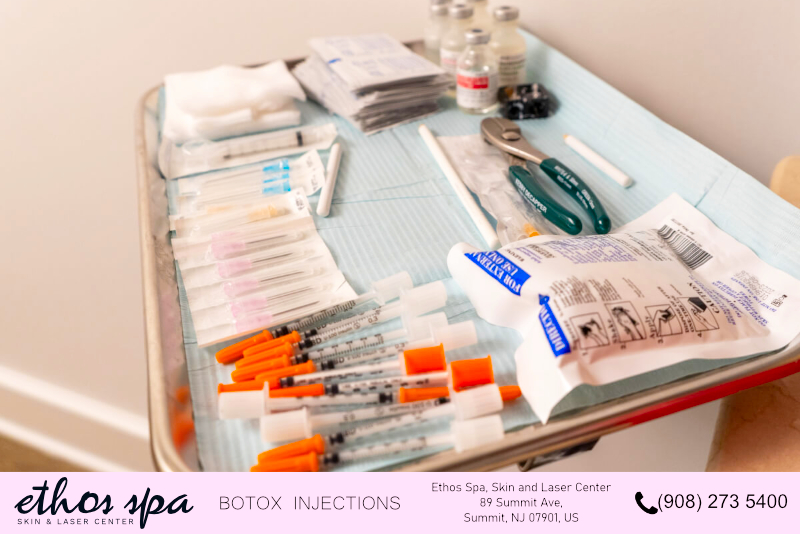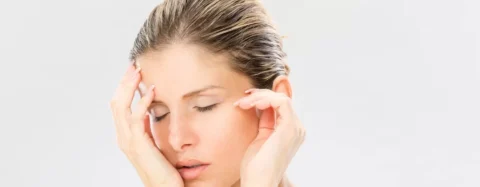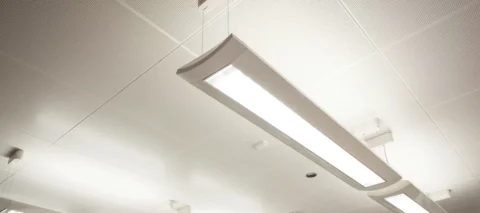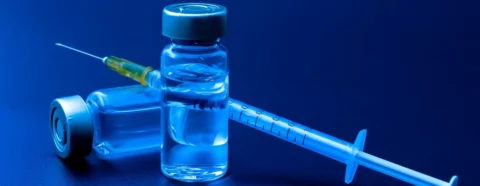A Botox cosmetic injection can go a long way in smoothing out facial wrinkles. Aside from the lines and wrinkles that naturally come with aging, Botox is also used to treat a variety of conditions such as chronic migraines, neck spasms, hyperhidrosis, and lazy eye.
While there are multiple non-cosmetic uses for Botox, some advertised treatments for the toxin can be a bit misleading, including the rumor that a stomach Botox injection can be used for weight loss.
So can Botox actually be applied to the stomach to help people lose weight? According to recent studies and medical evidence, Botox-induced weight loss isn’t as effective as other methods for fat loss, and whatever results that are produced last only temporarily. A Botox injection, however, is not the end of cosmetic weight loss treatments. Another option you may consider pursuing is body contouring.
Botox and Weight Loss: Does It Actually Work?
For more than 10 years, studies have been conducted to observe whether or not Botox can be used to treat obesity and help people lose weight.
Botox is a neurotoxin derived from a bacteria called Clostridium botulinum, which produces a substance called botulinum toxin. This neurotoxin can paralyze muscles by blocking the nerves from releasing acetylcholine, the neurotransmitter that controls muscle contraction. The cosmetic Botox is a diluted form of the botulinum toxin, and can temporarily relax muscles when injected.
The Science Behind Botox and Weight Loss
Previous studies focused on injecting the Botox into the stomach itself, theorizing that by relaxing the stomach, the rate of gastric emptying will slow down. Gastric emptying refers to the movement of food from the stomach to the lower intestine.
In one experiment, varied doses of gastric Botox injections managed to delay gastric emptying in 60 patients with mild to moderate obesity. However, no significant differences were observed in their eating behaviors or satiation volume, showing a lack of convincing evidence that Botox can really help people with weight loss.
A recent study yielded more successful results on the subject. Instead of injecting the Botox on the stomach itself, the researchers targeted the vagus nerve instead. The vagus nerve connects the brain and the stomach, and it is responsible for controlling feelings of hunger and satiety.
Initially, this theory was tested on rats. The rats ate less and lost weight when the Botox was injected in the vagus nerve. Yet when the researchers cut the vagus nerves of the rats and injected Botox into their stomachs, the rats did not lose weight. This led the experimenters to hypothesize that the vagus nerve was the key to Botox-induced weight loss.
A small study with 20 obese patients (with BMIs ranging from 35 to 44) was then conducted. Compared to previous studies, these patients were injected thrice over the course of 18 months. The results found that 75% of them lost an average of 28% excess body weight.
While the success of this experiment is still being studied, it should be noted that stomach Botox injections are not completely safe. Unlike an ordinary treatment done on the face, injecting the stomach would require patients to be sedated first. An endoscope would be inserted into the mouth, then passed through the esophagus to reach the stomach. The entire procedure takes around 15 minutes.
Is It Safe To Use Botox For Weight Loss?
The risks involved with this kind of treatment include anesthetic reaction, organ perforation, and bleeding. Paralyzing the stomach muscles and vagus nerve may also lead to bloating, vomiting, digestive problems, breathing issues. However, no patients in any of these weight loss studies have suffered these risks yet.
Despite this, plastic surgeons still don’t recommend Botox as a treatment for weight loss because its effects on the stomach are temporary. Using Botox to block the feedback between the stomach and the brain may last between four to six months at best. This was also the case in most studies: after a few months, patients would regain the lost weight, increase their body weight, or had minimal total body weight loss, rendering the entire treatment pointless
Alternative Uses For Botox
- Regardless of the efficacy Botox injections have on weight loss, it is still a viable treatment for certain medical and cosmetic purposes. Here are two common (and effective) ways Botox is currently being used: Botox is prominently used to reduce wrinkles, crow’s feet, frown lines, and forehead creases. As the facial muscles relax, Botox helps smoothen these lines and tighten the skin, bringing back a more youthful appearance.
- Botox injections also help people who are suffering from hyperhidrosis, or excessive sweating. Regular Botox users have observed their foreheads sweat less after treatment, which helps lessen their acne in that area. By blocking the nerve that signals the sweat glands, Botox reduces sebum production by 30%. Sebum, or sebaceous oils, is responsible for clogging facial pores and forming pimples.
Coolsculpting For Fat Loss: A Tried and Tested Body Contouring Procedure
While Botox may not be one of the most viable treatments for fat loss, the good news is that there are already treatments on the market specifically designed to help with unwanted fat.
One of the latest treatments that can get rid of excess body fat is body contouring, where unwanted lumps and bumps can be removed in as little as one hour Aside from permanent results, body contouring is a no surgery, no downtime, and no side effects procedure.
Also called nonsurgical fat reduction, body contouring can flush out up to 25% of fat cells in a treated area. While it may take 4-6 months before the effects are visible, the treated area becomes slimmer and can remain so by eating healthy foods and adopting an active lifestyle.
Ideally, candidates for body contouring are patients who are close to their desired weight and wish to eliminate the stubborn excess fat pockets that resist diet and exercise.
Nonsurgical fat reduction mainly revolves around four treatment modalities:
- Injection lipolysis: This procedure uses injectable deoxycholic acid to target fat cells.
- Laser lipolysis: Laser lipolysis utilizes heating and laser energy to remove fat cells.
- Radiofrequency lipolysis: Like laser lipolysis, this treatment also utilizes controlled heating. However, it uses ultrasound technology rather than laser energy.
- Cryolipolysis: Freezing temperatures or “controlled cooling” is used to destroy fat cells in this procedure.
Whip Your Body Into Shape With Ethos Spa
The body contouring procedure has been perfected by our cosmetic specialists at Ethos Spa, who have performed this treatment on thousands of patients in New Jersey. Their CoolSculpting technique freezes and kills the fat cells beneath the skin, which the body eventually disposes of after a few months.
Aside from body contouring, Ethos Spa offers a wide variety of high-end cosmetic procedures. We are committed to providing our patients with the safest and most effective customized aesthetic solutions and services. Book a consultation with us today.







